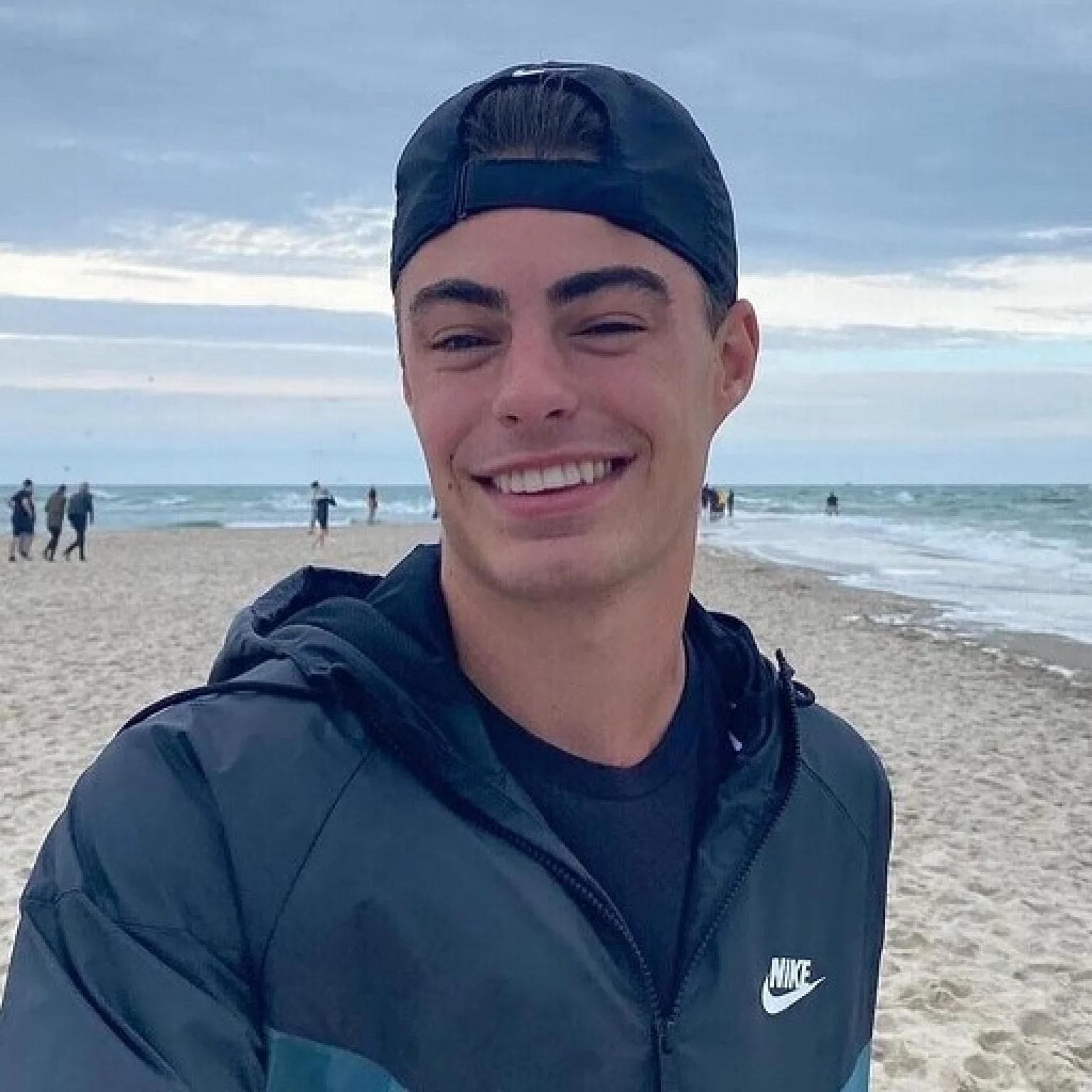Content management systems (CMS) are essential for managing digital content. Headless CMS platforms provide flexibility and scalability for organizations. In this comparison of Sanity vs DatoCMS, we will explore their features, usability, and suitability for different business needs.

Overview of Headless CMS Platforms
A headless CMS separates backend content management from frontend presentation, delivering content via APIs to any device or platform. This approach simplifies content distribution across websites, mobile apps, and other channels, allowing flexibility in content presentation. Organizations seeking to leverage this technology can benefit from understanding headless CMS and evaluating the top enterprise CMS platforms available today.
Introduction to Sanity
Founded in 2016, Sanity is a headless CMS offering a customizable, open-source editing environment. It emphasizes structured content as data, enabling you to model content according to specific requirements. With real-time collaboration features and a cloud-hosted API, you can write, patch, and query data efficiently. Sanity offers a free tier, supports numerous integrations, and is suitable for complex projects requiring extensive customization.
Introduction to DatoCMS
Established in 2015, DatoCMS is a headless CMS designed for teams seeking minimal setup. It provides a visual content modeling interface and a user-friendly editor for both developers and content creators. Starting at €199 per project per month, DatoCMS focuses on rapid deployment and ease of use. It features native GraphQL APIs and supports localization for straightforward content management.
Core Features Comparison
Content Modeling Flexibility
Both Sanity and DatoCMS allow custom content models with various field types. Sanity's schemaless database on Google Cloud offers flexibility in structuring content, while DatoCMS supports custom fields with less detail on customization.
API Capabilities
Sanity and DatoCMS both offer API options, including REST and GraphQL. Sanity provides an API playground and more integrations than DatoCMS, providing more options for extending functionality.
Localization and Multilingual Support
Both platforms support creating and managing content in multiple languages. Sanity's free tier includes unlimited locales, beneficial for projects with numerous languages. For effective strategies on managing multilingual content, exploring website localization strategies can be valuable.
Media Management
Managing media assets is straightforward with both Sanity and DatoCMS, offering media libraries and an Images API for image transformations and optimizations.
User Interface and Usability
Editor Experience in Sanity
Sanity provides a comprehensive editor experience with real-time editing, draft and publish workflows, and advanced collaboration features. It supports internationalization but requires additional development for localization.
Editor Experience in DatoCMS
DatoCMS offers a clean, user-friendly interface with a Landing Page Builder, supporting draft and publish functionalities and native localization capabilities.
Customization Options
Sanity allows extensive customization of the user interface but requires significant development time. DatoCMS offers customization through native and custom plugins that balance usability and flexibility. Understanding DatoCMS features can help in leveraging its capabilities effectively.
Integration and Extensibility
Third-Party Integrations
DatoCMS uses native plugins for straightforward integration, while Sanity focuses on content centralization and integrates with various systems for unified management. Enhancing website modularity through modular website design can be facilitated by the flexible integration options offered by these platforms.
Custom Plugins and Extensions
Both platforms support custom plugin development. Sanity requires more development work, offering extensive flexibility but demanding technical expertise.
Webhooks and Automation
Sanity and DatoCMS support webhooks for real-time notifications and automation, essential for integrating with other platforms and automating workflows. Companies like ServiceTitan have succeeded in enhancing website modularity through such integrations.
Performance and Scalability
Data Query Performance
DatoCMS's native GraphQL API allows efficient data queries. Sanity uses GROQ but supports GraphQL, offering developers familiar options for better performance.
Handling High Traffic
DatoCMS offers a global CDN and optimized media delivery for enhanced site speed. Sanity's performance depends on custom implementation and optimization. Employing highly performant web development practices is crucial for handling high traffic efficiently.
Scaling with Business Growth
DatoCMS is designed for content distribution at scale, while Sanity provides extensive customization for complex projects, potentially requiring additional development for scaling.
Pricing and Cost Considerations
Pricing Models of Sanity
Sanity offers a flexible pricing structure starting with a free tier, suitable for individuals and small teams. The Growth Plan provides additional resources for growing teams.
Pricing Models of DatoCMS
DatoCMS's Professional Plan starts at $199 per project per month, suitable for businesses needing content distribution at scale. The free plan is limited, reflecting a focus on premium services.
Cost-Efficiency for Different Business Sizes
Sanity's budget-friendly plans cater to a wide range of business sizes, while DatoCMS suits organizations seeking a premium CMS.

Customer Support and Community
Support Channels and Resources
Both Sanity and DatoCMS offer online support through documentation and resources. Neither platform mentions phone or 24/7 live support, which affects issue resolution speed during critical stages.
Community Engagement in Sanity
Sanity has a larger developer community, enhancing engagement through its open-source nature. User feedback is positive and highlights features like real-time collaboration.
Community Engagement in DatoCMS
DatoCMS has a smaller developer community and lacks an open-source component, which may limit community contributions. Users may rely more on official support channels.
Use Cases and Industry Adoption
Popular Use Cases for Sanity
Sanity is ideal for complex content structures, advanced collaboration, developer control, and scalable projects. Organizations requiring Contentful capabilities might also consider Sanity as an alternative.
Popular Use Cases for DatoCMS
DatoCMS is suited for content creators, rapid integration, content distribution at scale, and localization. Businesses aiming for efficient multi-brand website management may find DatoCMS advantageous.
Industry Adoption Examples
Sanity is popular in tech-focused industries, while DatoCMS is favored by marketing and advertising sectors, prioritizing efficient workflows.
The Next Steps
Both Sanity and DatoCMS provide great content management options. The right choice depends on your project's specific needs and your team's capabilities. For guidance on implementation, refer to our headless CMS implementation guide. Additionally, learning how others have succeeded in increasing product demos with CMS can offer valuable insights. By considering the key differences outlined here, you can select the CMS that best supports your project's success.

If you want to consider other options, check out our other CMS guides:







